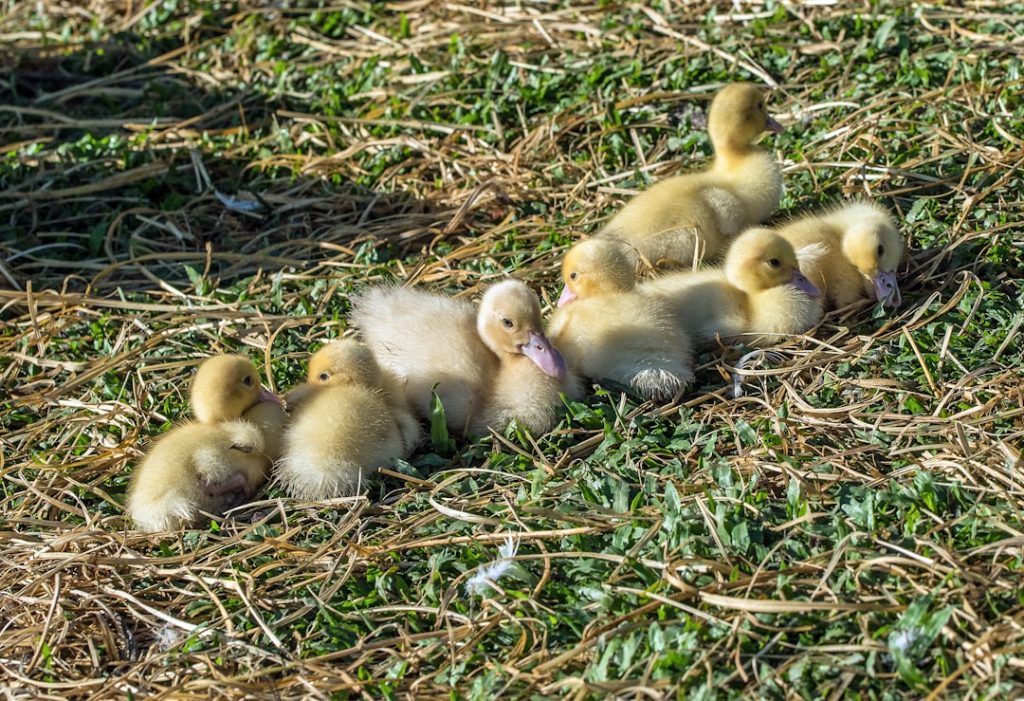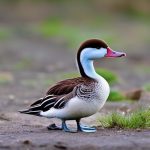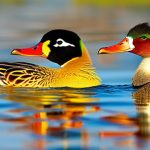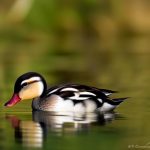Khaki Campbell ducks are a popular breed of domestic duck known for their excellent egg-laying abilities and friendly disposition. They are a medium-sized breed with a khaki-colored plumage, hence the name “Khaki Campbell.” These ducks are highly valued for their high egg production, making them a favorite among small-scale farmers and homesteaders. In addition to their productivity, Khaki Campbell ducks are also known for their adaptability to various climates and their calm and sociable nature, making them an ideal choice for those looking to raise ducks for eggs or as pets.
Khaki Campbell ducks are a great addition to any backyard or small farm, as they are relatively low-maintenance and can provide a sustainable source of eggs for the household. Their charming personalities and attractive appearance make them a popular choice for those looking to add ducks to their flock. In this article, we will explore the history and origin of Khaki Campbell ducks, their physical characteristics, behavior and temperament, care and maintenance requirements, as well as their uses and benefits. Whether you are a seasoned duck enthusiast or considering adding ducks to your homestead for the first time, this comprehensive guide will provide you with valuable insights into the world of Khaki Campbell ducks.
Table of Contents
- 1 History and Origin of Khaki Campbell Ducks
- 2 Physical Characteristics of Khaki Campbell Ducks
- 3 Behavior and Temperament of Khaki Campbell Ducks
- 4 Care and Maintenance of Khaki Campbell Ducks
- 5 Uses and Benefits of Khaki Campbell Ducks
- 6 Conclusion and Considerations for Raising Khaki Campbell Ducks
- 7 FAQs
Key Takeaways
- Khaki Campbell ducks are a popular domestic duck breed known for their excellent egg-laying abilities and friendly temperament.
- The Khaki Campbell duck breed originated in England in the late 19th century and was developed by Adele Campbell.
- Khaki Campbell ducks are medium-sized with a khaki-colored plumage, a slender build, and a slightly upright stance.
- These ducks are known for being active, sociable, and good foragers, making them a great addition to backyard flocks.
- Proper care and maintenance of Khaki Campbell ducks include providing a balanced diet, access to water for swimming, and protection from predators.
History and Origin of Khaki Campbell Ducks
The Khaki Campbell duck breed was developed by Mrs. Adele Campbell in England in the late 19th century. Mrs. Campbell was a renowned duck breeder who aimed to create a breed that excelled in egg production while maintaining good conformation and temperament. She achieved this by crossing Fawn and White Indian Runner ducks with Rouen and Mallard ducks, resulting in the creation of the Khaki Campbell breed. The breed was officially recognized in 1901 and quickly gained popularity for its exceptional egg-laying abilities.
Khaki Campbell ducks were first introduced to the United States in the early 1900s and have since become a popular choice for small-scale egg production. They are known for their ability to lay upwards of 300 eggs per year, making them one of the most productive duck breeds. Their efficient egg-laying capabilities have made them a valuable asset to small farms and homesteads, where they provide a sustainable source of fresh eggs for the household. The breed’s history and origin highlight its purposeful development for egg production, making it an ideal choice for those looking to raise ducks primarily for their eggs.
Physical Characteristics of Khaki Campbell Ducks
Khaki Campbell ducks are medium-sized with an upright and alert posture. They have a khaki-colored plumage that ranges from light brown to olive green, with some variations in shading. Their bills are a dark olive color, and their legs and feet are a bright orange. The breed is known for its slender and graceful appearance, with a long neck and a slightly upturned tail. Khaki Campbell ducks have a sleek and streamlined body shape, which allows them to move swiftly both on land and in water.
The females typically weigh around 4-4.5 pounds, while the males are slightly larger, weighing around 4.5-5 pounds. Their compact size makes them easy to handle and manage, especially for those with limited space or resources. In addition to their attractive appearance, Khaki Campbell ducks are also known for their excellent foraging abilities, which allows them to supplement their diet with insects, grass, and other natural foods. Their physical characteristics make them well-suited for free-range environments, where they can thrive and exhibit their natural behaviors.
Behavior and Temperament of Khaki Campbell Ducks
Khaki Campbell ducks are known for their friendly and sociable nature, making them a popular choice for those looking to raise ducks as pets or for small-scale egg production. They are generally docile and easy to handle, especially when raised from a young age and given regular human interaction. Khaki Campbell ducks are also known for their curious and active personalities, often exploring their surroundings and engaging in playful behaviors.
In addition to their friendly disposition, Khaki Campbell ducks are also highly adaptable to various climates and living conditions. They can thrive in both free-range and confined environments, making them suitable for a wide range of homestead setups. Their adaptability and resilience make them an ideal choice for those looking to raise ducks in diverse geographical locations or under different management systems.
Care and Maintenance of Khaki Campbell Ducks
Khaki Campbell ducks require relatively low maintenance compared to other livestock animals, making them an ideal choice for those new to duck keeping or with limited time and resources. Providing a suitable living environment is essential for the health and well-being of Khaki Campbell ducks. This includes access to clean water for swimming and drinking, as well as shelter from predators and extreme weather conditions.
Feeding Khaki Campbell ducks a balanced diet is crucial for their overall health and productivity. A diet consisting of commercial duck feed supplemented with fresh greens, grains, and occasional treats will ensure that they receive the necessary nutrients for optimal egg production and overall well-being. Regular health checks and access to veterinary care are also important aspects of caring for Khaki Campbell ducks, as it allows for early detection of any potential health issues.
Uses and Benefits of Khaki Campbell Ducks
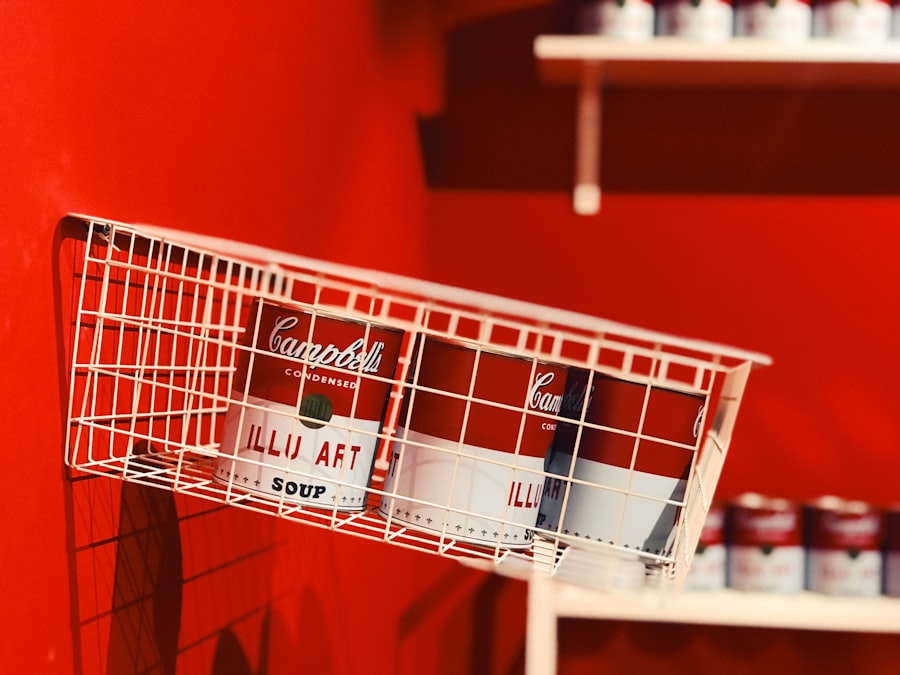
Khaki Campbell ducks are primarily valued for their exceptional egg-laying abilities, making them a popular choice for small-scale egg production. Their ability to lay upwards of 300 eggs per year makes them one of the most productive duck breeds available. The eggs produced by Khaki Campbell ducks are larger than chicken eggs and have a rich flavor, making them highly sought after by those who appreciate fresh and flavorful eggs.
In addition to their egg-laying capabilities, Khaki Campbell ducks also provide other benefits to small farms and homesteads. They are efficient foragers and can help control insect populations while also fertilizing the soil with their droppings. Their calm and sociable nature makes them enjoyable to have around, whether as pets or as part of a diverse flock of poultry.
Conclusion and Considerations for Raising Khaki Campbell Ducks
In conclusion, Khaki Campbell ducks are an excellent choice for those looking to raise ducks for egg production or as pets. Their history and origin highlight their purposeful development for high egg production, making them one of the most productive duck breeds available. Their physical characteristics, behavior, and temperament make them well-suited for various homestead setups, while their low maintenance requirements make them an ideal choice for those new to duck keeping.
When considering raising Khaki Campbell ducks, it is important to provide them with a suitable living environment, balanced diet, and regular health checks to ensure their well-being. Whether you are looking to add ducks to your homestead for sustainable egg production or simply enjoy the company of these charming birds, Khaki Campbell ducks are sure to bring joy and productivity to your farm or backyard. With proper care and management, these delightful ducks will thrive and provide you with an abundant supply of fresh eggs while adding beauty and character to your homestead.
If you’re interested in learning more about duck breeds like the Khaki Campbell, you might also want to check out this article on chicken coop run plans. Creating a suitable environment for your poultry is essential for their well-being, and this article provides valuable insights into designing a functional and comfortable space for your ducks and chickens.
FAQs
What are Khaki Campbell ducks?
Khaki Campbell ducks are a domesticated breed of duck that was developed in England in the early 20th century. They are known for their excellent egg-laying abilities and are popular among duck breeders and backyard poultry enthusiasts.
What do Khaki Campbell ducks look like?
Khaki Campbell ducks have a khaki-colored plumage, with a slightly darker shade on their head and back. They have a slender and upright posture, with a relatively long and streamlined body.
What are the characteristics of Khaki Campbell ducks?
Khaki Campbell ducks are known for their prolific egg-laying abilities, with hens laying up to 300 eggs per year. They are also relatively calm and friendly in temperament, making them suitable for backyard or small farm settings.
What is the average size of Khaki Campbell ducks?
Khaki Campbell ducks are medium-sized ducks, with drakes (males) weighing around 2.3-2.7 kg (5-6 lbs) and ducks (females) weighing around 2-2.3 kg (4.5-5 lbs).
What is the lifespan of Khaki Campbell ducks?
Khaki Campbell ducks have an average lifespan of 5-7 years, although some individuals may live longer with proper care and nutrition.
What are the uses of Khaki Campbell ducks?
Khaki Campbell ducks are primarily used for egg production, as they are one of the most prolific egg-laying duck breeds. They are also sometimes raised for meat, although their egg-laying abilities are their main attraction for breeders and farmers.
Meet Walter, the feathered-friend fanatic of Florida! Nestled in the sunshine state, Walter struts through life with his feathered companions, clucking his way to happiness. With a coop that’s fancier than a five-star hotel, he’s the Don Juan of the chicken world. When he’s not teaching his hens to do the cha-cha, you’ll find him in a heated debate with his prized rooster, Sir Clucks-a-Lot. Walter’s poultry passion is no yolk; he’s the sunny-side-up guy you never knew you needed in your flock of friends!

